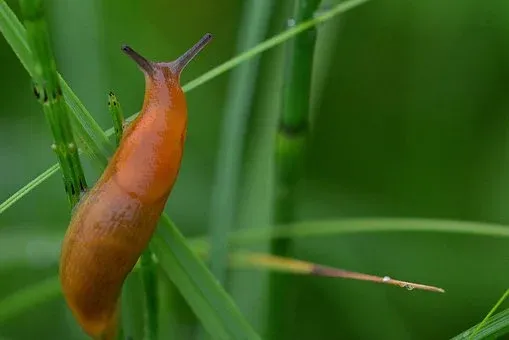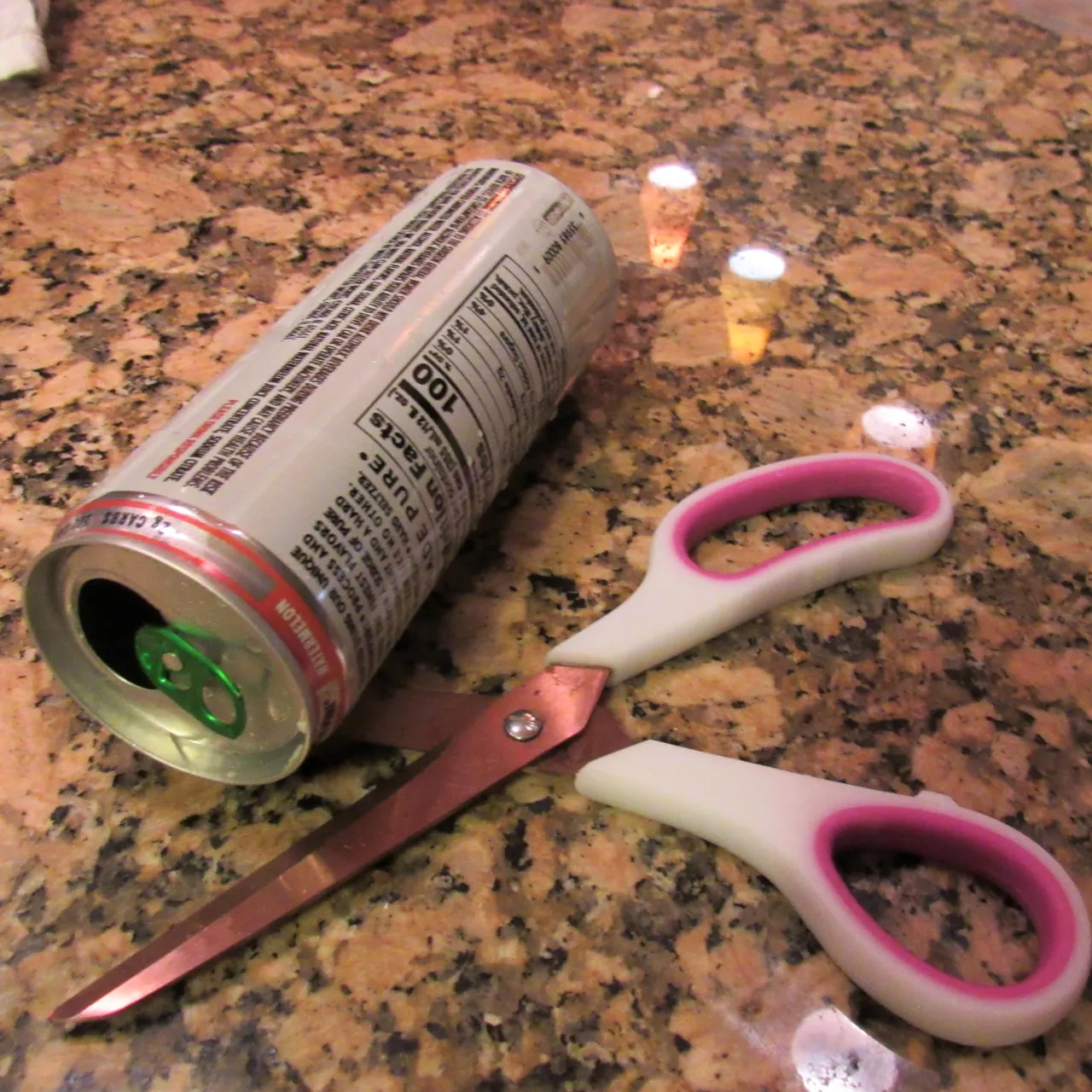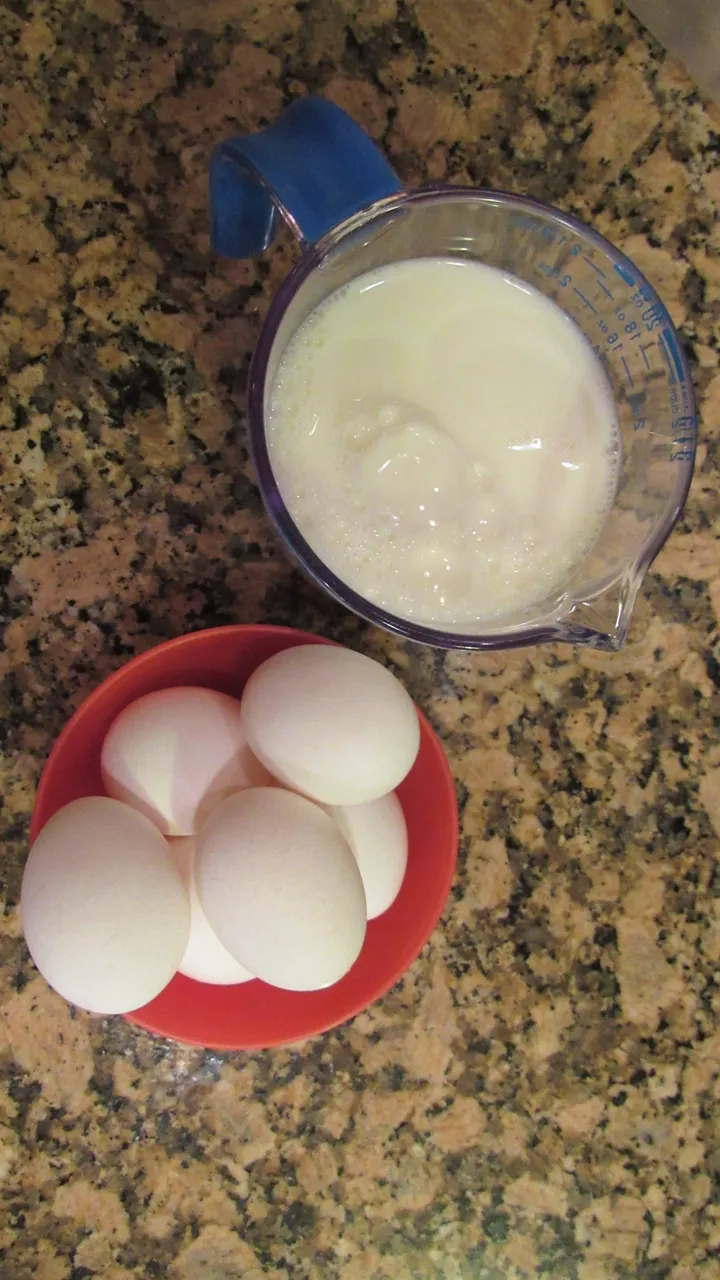Growing good quality food is not an easy task. The first thing that must be addressed before planting your seeds or seedlings is the soil. The right amount of nutrients, the correct ph of the soil, but also the ph of the water for each plant must be adjusted according to that particular plant's needs.
For instance , last year my basil plants were not thriving as they normally had in the past, I was disappointed in their growth . I always grow lots of basil, I not only love the taste of it, the aroma is like therapy for me. I love to just grab a few leaves and roll them between my finger and sniff, puts a grin on my face every the time.
So with a little research I found the reason why the basil was not producing. After testing the water I found that the ph was sitting at 7.0 Basil does best growing in soil with a pH range of 5.5 to 6.5. There it was, 7.0 was way too high.
The solution was easy peezy, fill some milk jugs with water then add "down" ph drops to the water and shake well. Remember to mark the jug for BASIL, since the low ph level may not be good for other veggies or herbs.
The basil exploded after a week of adding some of the water each day.
When full harvest came for the basil I was able to make a ton of pesto, vacuum sealed and ready to go anytime during the year.
So that's a little tip from our homestead to yours😄
Now for some pest control. Here in Upstate NY one of our biggest pests are SLUGS. They can slowly eat away at a perfect head of cabbage from the inside out.

Slugs do provide some benefits to the habitat they live in. They are a food source for many animals. Slugs also enrich the soil as they break down organic matter. This is important because it recycles nutrients, such as nitrogen, through the food chain.
They are ugly little creatures that can hide among the greenery in the veggie garden. They can be found on many different plants but they love cabbage. The biggest challenge is to find them before they destroy the foliage. Each vegetable bed on our farm always has half filled beer cans or bottles tossed around. The slugs are big beer lovers and if they get near the can or bottle with some beer in it, they cannot resist stopping in for a drink. Once they get into the bar, oh, I mean can, they die. I have seen as many as a dozen or more collected over night.

The other method we use to get rid of these cabbage eating buggers is to go to the garden in early morning and just search them out.
It's important to check inside the outer leaves of the cabbage, if you see some green slime, keep looking for surely there is a slug chomping on the leaves deeper inside the plant. Once you find them just give them a little snip with a scissor. Once their soft outer skin is punctured they are done for.

Another terrific tip for pest control is the use of a milk and egg mixture blended together, then poured into a spray bottle for use.
Six eggs to one quart of milk seems to do the trick,
I use this spray concoction on my baby fruit trees and young pine trees to keep away the deer. It works magic. I also spray it along the edges of each raised veggie bed to keep them out of there also. Before I found this magic mixture, many tomato plants were striped of their fruit and foliage.

The deer love young fruit trees, so I am especially vigilant with our new grafted apple trees . They are still small, but very healthy and I'm looking forward to the apples they will bear soon.

So there you have it folks, my response to the @ecotrain question of the week.
Enjoy !
